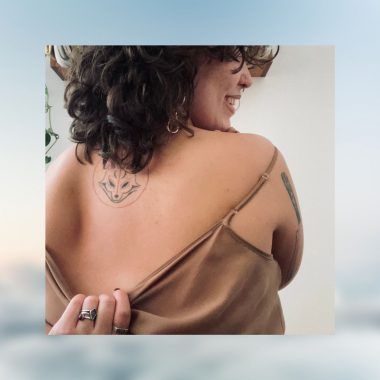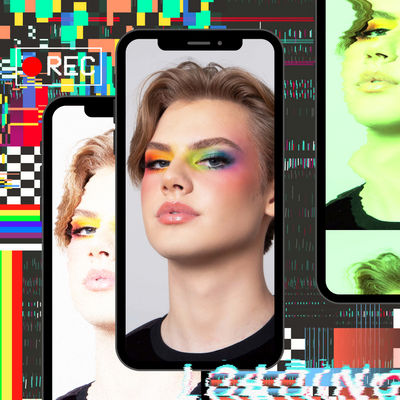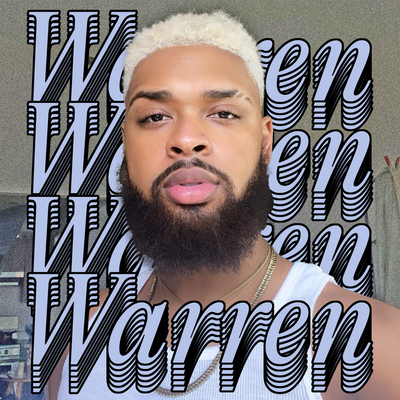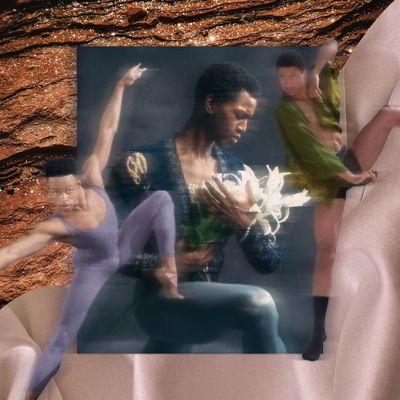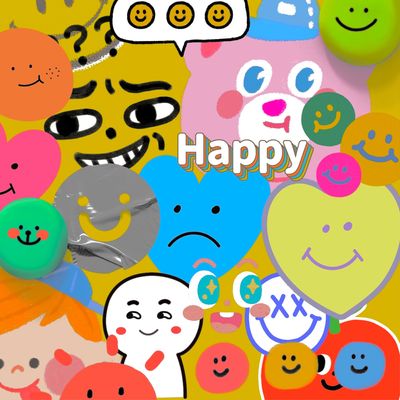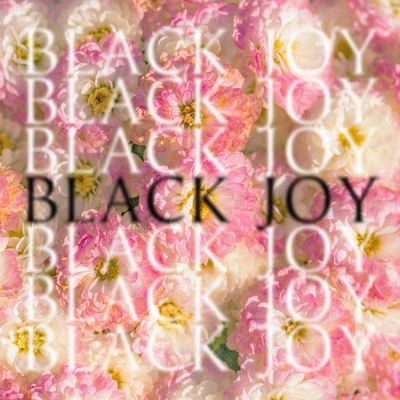To be Asian, and to be Asian in America, is not a monolithic experience.
I don’t need to tell you the statistics: we are underrepresented in mainstream cultural and editorial media, both in front of the camera and behind it, and as writers and producers making decisions on editorial teams. Our stories aren’t told, and when they are told, Asian people are rarely the ones telling the story. Because of this fundamental lack of representation and visibility, our experiences are often seen through a white, Westernized gaze.
SEE MORE: 11 Gen Z Asian American photographers capturing the complexities of being AAPI today
The virality of the #StopAsianHate movement in conjunction with May being AAPI Month has brought a surge of media coverage about Asian people at large; but most of these stories are centered around Asian pain, trauma, and social justice. These are important things to talk about – but it’s disingenuous, shallow, and even at times triggering to only see stories that perpetuate narratives that exist within ideas of colonial white saviorism and model minority myth success stories.
As an Asian working in the media industry, I do this work to dismantle ideas and stereotypes about representation, because the truth is, we can be anyone we want to be, we have monumental dreams and goals, and we can have it all. There is no right way to exist as an Asian person. The right way to exist is to be who you really are – and there is so much beauty in that.
For this piece, I wanted to make and take space for Asian minutiae: the day-to-day. I interviewed and photographed nine Asian Americans. The photographs are mine, and the words are theirs. I didn’t want to center race here– I wanted to hear about everything: the macrocosms of our upbringings, growing up in America, alienation, connections with ancestors and tradition, gender identity, and our biggest dreams; and the microcosms of pleasure, things that people often consider vapid: gassing ourselves up during hot girl summer, power dressing and adornment, our obsessions – everything that empowers us and makes us who we are. I gave only one rule: come wearing something that feels most like yourself.
I learned that we all knew one story by heart: the search to find stories about people like us, and the fight for visibility and to be seen in society as who we are outside of social stereotypes of Asianness. For all it’s worth, all the work – I hope you find a little bit of yourself here, too.
Tina, 26-years-old from Los Angeles, CA
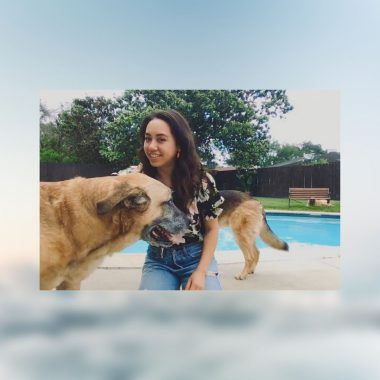
I’m from Houston. The number one way I feel connected to my Filipino culture now is by talking to my grandparents. I try to learn as much as possible about what their lives were like back home and how our family is doing. I love to eat Filipino food. As a biracial person, I definitely went through a bit of a phase trying to prove that I am actually Asian enough.
I honor the Filipino part of my identity by appreciating my own unique features that I have as a mixed Asian woman. I think it’s super important. As a teenager, I only really saw white women getting praise for their beauty in the media. Seeing other Asian women, like Michelle Phan, for example, come up big taught me that I was valuable, too. I love me and would not trade my short stature, coarse wavy hair, hooded eyes, or eyelashes that point straight down for anything. I feel the most empowered when I have just killed it on some sort of creative project! I live for that feeling.
Jaush, 21-years-old from Lancaster, CA
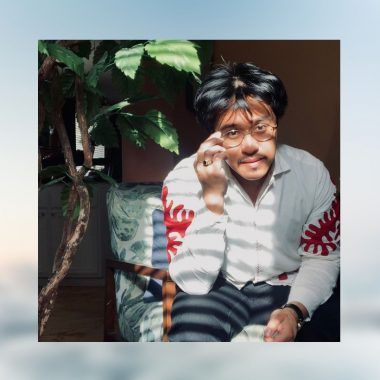
Growing up, I’ve gotten “Where are you from?” and then, “No, where are you actually from?” Sometimes people are surprised when I tell them I was born in California. This ambiguity means I can ask the people I photograph about certain things and they are more open because they assume that I’m not from America. I want to open up an art gallery, creative studio, and a non-profit organization that helps kids learn and show their art with the same emphasis of importance as someone pursuing a college degree.
Being able to lie down and stare at the reflections of water on a patio ceiling makes me feel beautiful. Other times it’s accepting that I’ve done something wrong and learning how to cope with myself that makes me feel beautiful. Beauty is not given, it is developed.
Darian, 23-years-old from San Francisco, CA
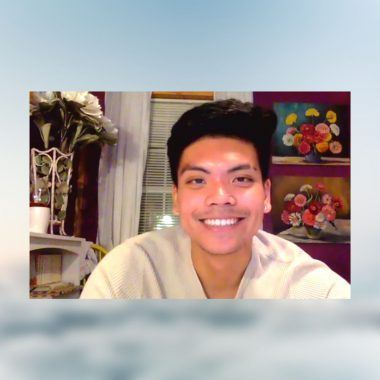
I feel like a lot of Filipino Americans are very proud to be Filipino. We’re crazy. Like, the Bay Area rappers, they’re insane, especially the ones that rap about decolonizing and taking down the patriarchy. It’s amazing. Recently, I have been watching shows like “Asia’s Got Talent.” Actually, I told myself by 27 I want to be on reality TV because of representation.
Asian men are constantly demasculinized. We have to work just like ten times harder just to be seen as hot. It happens on dating apps. It happens when I’m out in public. If I’m an Asian man I have to fit this mold all of a sudden, just to look beautiful. But when you’re white, you can look like anything you want. And you’re still beautiful. Why is the bar so much higher for us? White people can be unattractive, but since they’re overrepresented in the media, we think that they’re attractive because we see them all the time.
Hee Eun, 21-years-old from New York, NY
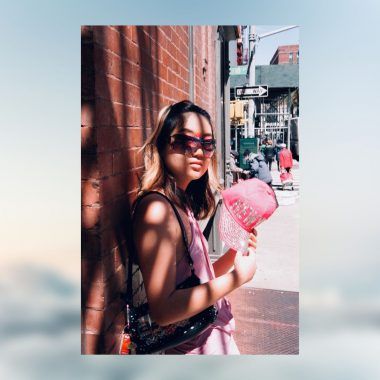
Everyone wants to buy their parents a house. Because it kind of shows that we made it, especially as an artist. Like I made it. I started to really love myself and my culture in high school towards the end and then now, especially in quarantine, I have been cooking Korean food and experiencing that part of myself.
In terms of beauty and aesthetic, I guess I’m kind of like an attention whore. I love seeing other Asian bimbos, thembos. I feel like the most important thing is making your life how you want it to be. I think that for me recognition isn’t something I’m trying hard to achieve, I love making art, but I want stability. But I feel that with being a photographer, though, you have to be prepared to be seen and to be behind the scenes as well. So it’s invisibility and hypervisibility.
Echo, 21-years-old from San Francisco, CA
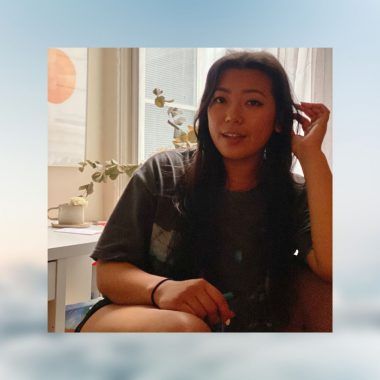
As a biracial person, I’m definitely most comfortable with my sister. Part of that is shared trauma around erasure and racism, but also it’s just that we grew up around each other, not even realizing that the way we grew up was not normative. In hindsight, everything felt so specific to our household.
I feel best with a full face of makeup. I’ve been doing my makeup the same way since I was in high school: glow and eyebrow. I don’t know how much of that has to do with internal reasoning versus external motivation. I don’t feel confident when I feel like I don’t look good. Now I can leave the house without makeup, a lot of that has to do with the fact that I got my eyebrows microbladed and I got my lashes lifted – best decision.
Mia, 26-years-old from New York, NY
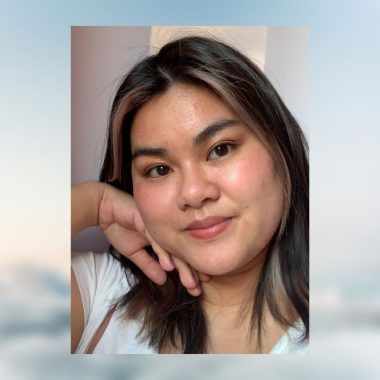
My work as an artist and activist has been shaped by my experiences as a transracial adoptee. The best way to empower yourself is to tell your own stories, and make sure you’re also collaborating with your community in production. What’s really powerful is that we actually have a huge network of creative people who we can collaborate with who have amazing interview and writing skills who can talk to us and write our stories and take our photos – things we need to have representation. We have to remember our power. I think that so many of these stories about adoption are coming from a place where adoptees just have no agency, really. So I think that instead of having someone else tell these stories, you should send your story out into the world.
My favorite thing is when someone is really shining in front of you, it’s an honor to witness that and be a part of that. When I see queer POC loving their hair, their makeup, or their outfit, or getting awards or accolades and recognition for their accomplishments. It’s also just as valuable when someone tries something new or cooks a good meal. I love seeing people thrive.
Houyee, 24-years-old from San Jose, CA
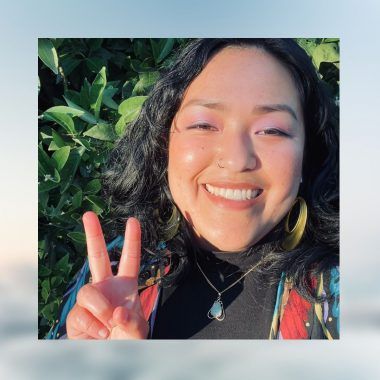
Safety definitely is a factor in terms of assimilation. I feel like we were raised with this strict set of rules to be careful and respectful. I think it also was to protect us from failing. Immigrant parents try to raise us so that we have successful lives where we don’t struggle as much as they did. It’s a factor in them not wanting us to pursue creative careers.
My favorite thing I’ve made was the portraits that I made of my niece when she was seven. My nieces, my beautiful babies, are Black, Chinese, and Mexican. I feel like as a biracial, first-generation American, I tried to shield them from the world. But they’ve been bullied every single year in school. For this work, we picked out clothing from each one of her cultures. I took portraits of her and painted each one and then showed them in a gallery as a triptych. She was so happy to see herself represented in an institution, and so many other people were so receptive to it. I also saw myself in those portraits, yeah, that feeling– it’s the best.
Saida, 24-years-old from New York, NY
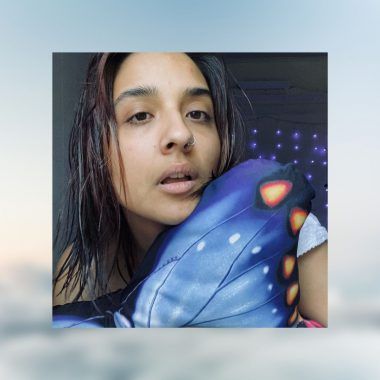
A turning point in self-love and finding my identity was just seeing M.I.A exist, seeing her music videos, listening to the music and being like, wow, there’s this cool brown girl who is wearing the craziest clothes and making insane music videos and innovative content. When I saw that, I felt like I could be like her, this crazy cool girl. It made me realize I don’t have to be the person that people think I need to be, obedient or quiet, whatever expectations. I can be loud and expressive and say fuck you.
I think having that representation through M.I.A, and seeing someone that looked like me was a huge turning point for me. I actually won tickets to go to her concert when I turned 18. They called me in the middle of my like English class. I started screaming in the middle of class and my teacher was so pissed. But yeah, I got to go and see her and she was so real for us. It was affirming. I love her even though I’ve never met her.
Sofia, 23-years-old from Portland, Oregon
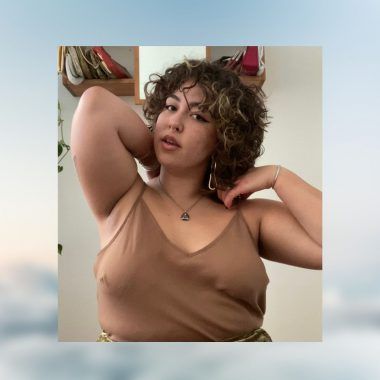
My Japanese identity was built by my family. They have taught me so much about combining adaptability and tradition in a way that feels so abundant to me. My core values are based around sustainability, land stewardship, and caring for my community through these cultural practices, as well as sharing food. I feel most seen when I am able to share my creations with others or we are able to connect over similar experiences.
I’m a very home-oriented and sensation-focused person and so my home and personal style are very important to me. I am a messy bitch but I like to create beauty and rituals as much as I can in my life. Sometimes that just looks like yelling at my guests to take their shoes off in my house and sometimes that looks like a five-course meal that starts with a blessing.
I love my kitsune tattoo. But I wanted to run it by my grandma, just in case she had some feedback. My friend drew several versions. And I showed them to my grandma, and she showed me the ones that she thought were the most accurate and best, and then she pointed to one, and was like that one? That one’s a little bit hoochie. So that’s the one I got, of course.
